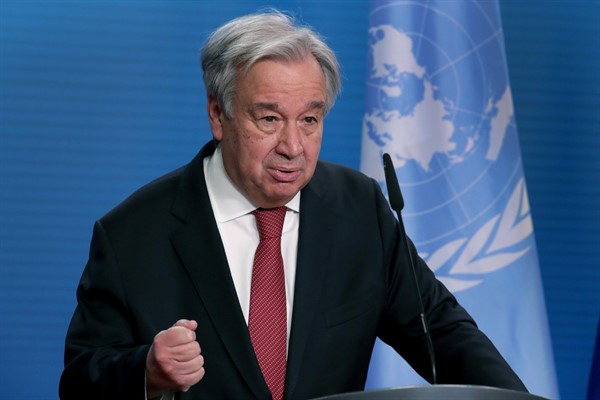At the end of a tumultuous and disorienting year for the international community, it seems only fair to take stock of where we stand. The answer is clear: We are between storms.
COVID-19 and climate change—the first a dramatic gale whipping the globe, the second a far deadlier gathering hurricane—have brought fresh urgency to international cooperation. The first injections of coronavirus vaccines have brought hope that the pandemic can be defeated soon, though we are far from out of the woods. Meanwhile, with the United Nations gearing up to take a bolder leadership role, a new U.S. president pledging a return to diplomacy, and the crucial next U.N. climate summit set to take place next November in Glasgow, 2021 is shaping up to be the most significant year for multilateralism in recent memory.
During the U.N. General Assembly meetings in September that marked the organization’s 75th anniversary, member states adopted a political declaration that effectively handed Secretary-General Antonio Guterres a blank-check mandate to put forward “recommendations to advance our common agenda and to respond to current and future challenges” by September 2021. The “common agenda” features 12 broad themes—seven thematic, five on upgrading the work of the U.N.—essentially combining and distilling the recovery from the pandemic, the response to a gathering climate emergency, and the 2030 Sustainable Development Goals, or SDGs.

